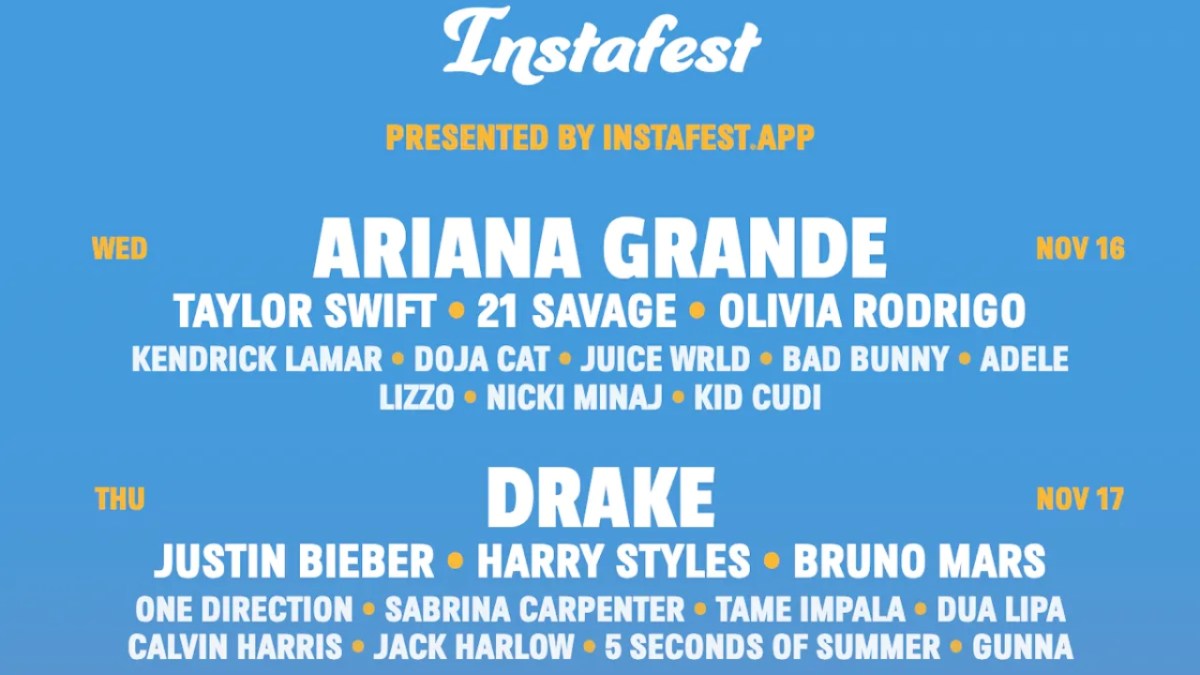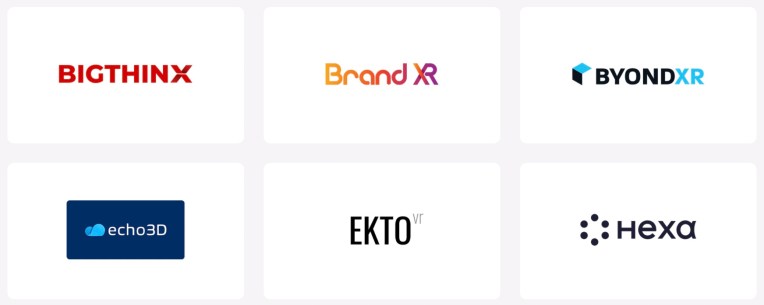Ask Sophie: How many employment green cards are available each year?

Here’s another edition of “Ask Sophie,” the advice column that answers immigration-related questions about working at technology companies.
“Your questions are vital to the spread of knowledge that allows people all over the world to rise above borders and pursue their dreams,” says Sophie Alcorn, a Silicon Valley immigration attorney. “Whether you’re in people ops, a founder or seeking a job in Silicon Valley, I would love to answer your questions in my next column.”
TechCrunch+ members receive access to weekly “Ask Sophie” columns; use promo code ALCORN to purchase a one- or two-year subscription for 50% off.
Dear Sophie,
I’m trying to figure out how long I have to wait for a green card.
I have two questions for you: How many employment green cards in each category are available every year? How do I make sense of the Visa Bulletin?
— Standing By in San Jose
Dear Standing By,
Thanks for reaching out to me with your questions! Before I dive into how many employment green cards are available each year, let me start by providing a bit of context on how the whole employment-based green card allocation system works, including priority dates, the Visa Bulletin, backlogs, and more.
The green card process
Most employment-based green cards require an employer to sponsor you. The only two employment-based green cards that allow an individual to self-petition based on past or future work accomplishments (not investment) are the EB-1A extraordinary ability green card and the EB-2 NIW (National Interest Waiver) green card.
Applying for the EB-1A, the EB-1B green card for outstanding professors and researchers, the EB-1C green card for multinational managers and executives, or the EB-2 NIW green card is generally a two-step process:
- Filing Form I-140, the green card petition, with U.S. Citizenship and Immigration (USCIS).
- If or when a green card number is available, file Form I-485, the application to register permanent residence or adjust status, to USCIS if the green card beneficiary is inside the U.S. If the green card beneficiary is outside of the U.S., the beneficiary must file Form DS-260 online, the U.S. Department of State’s electronic green card application.
Applying for the EB-2 advanced degree or exceptional ability green card or the EB-3 green card for skilled workers requires an employer sponsor to go through another step before filing an I-140: An employer must go through the PERM labor certification process with the U.S. Department of Labor. PERM certification is a time-intensive process aimed at protecting opportunities, wages, and the working conditions of U.S. workers.
The EB-1B, EB-1C, and PERM-based EB-2 and EB-3 green cards all require U.S. petitioners to sponsor you based on a job offer.

Image Credits: Joanna Buniak / Sophie Alcorn (opens in a new window)
Availability of employment-based green cards
At least 140,000 employment-based green cards are available at the start of each fiscal year on Oct. 1. If any family-based green cards from the previous fiscal year were unused, those are added to the employment-based green card total annual limit.
Each employment-based green card category is allotted a minimum of the total annual limit.



